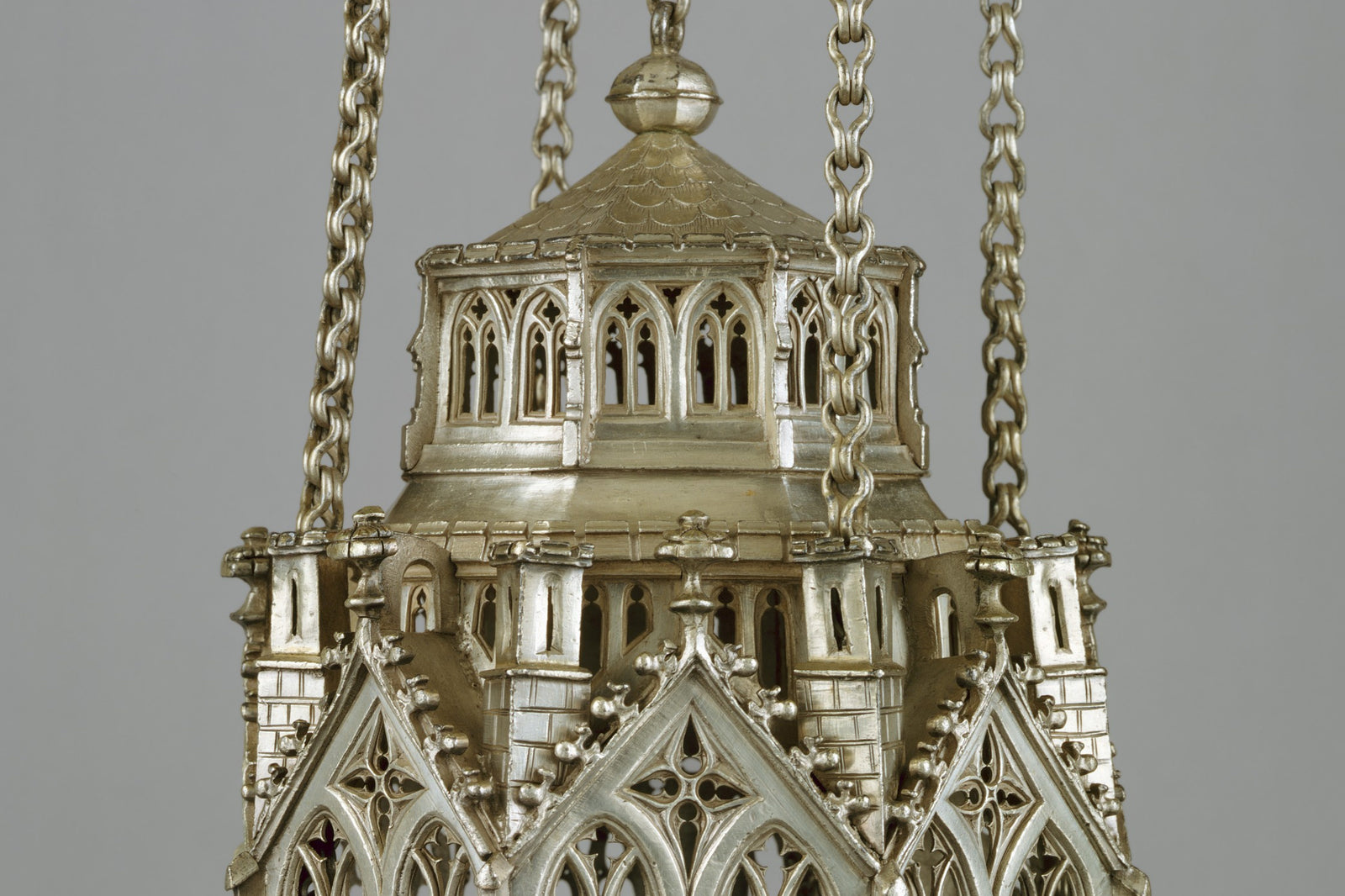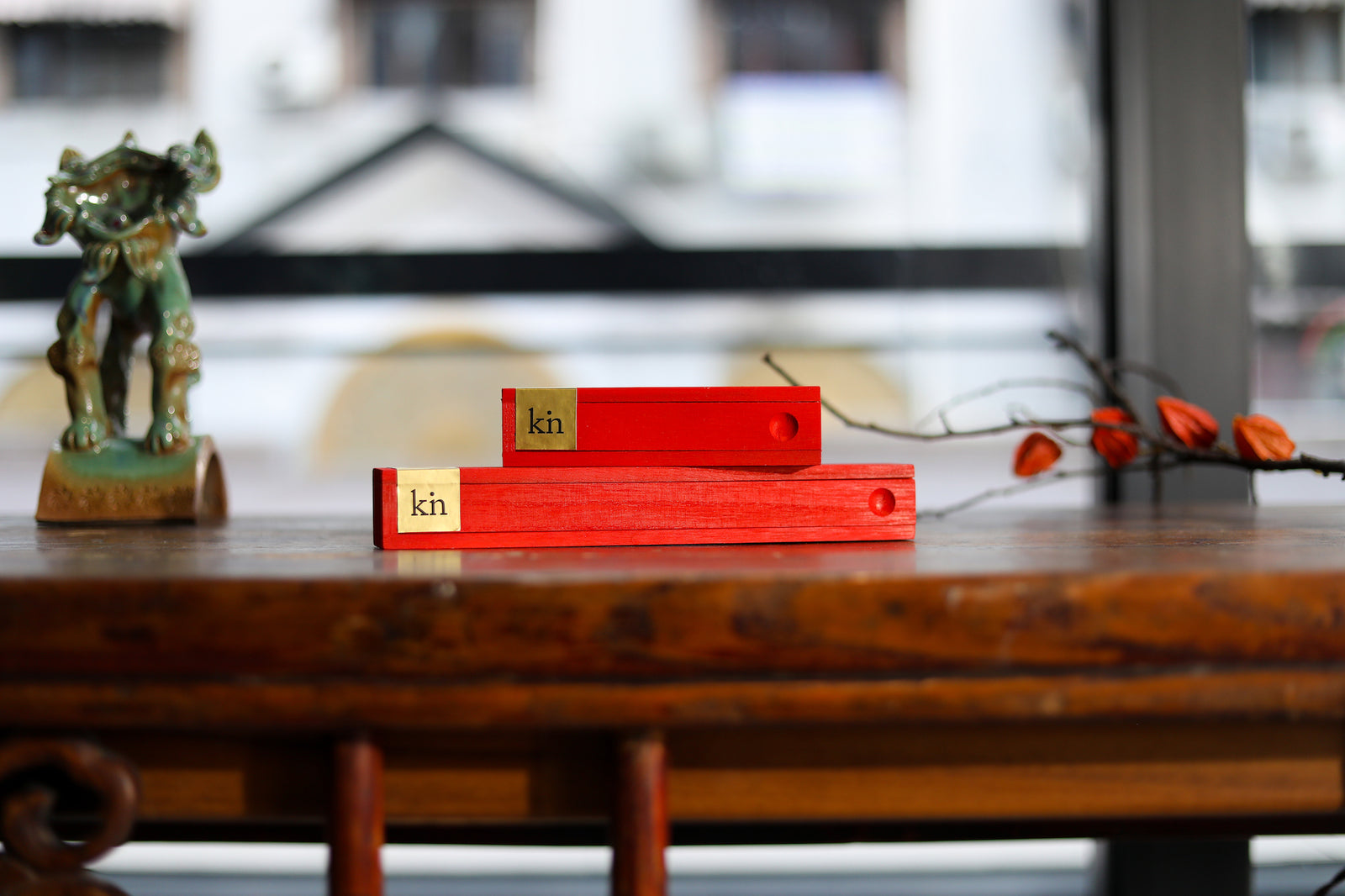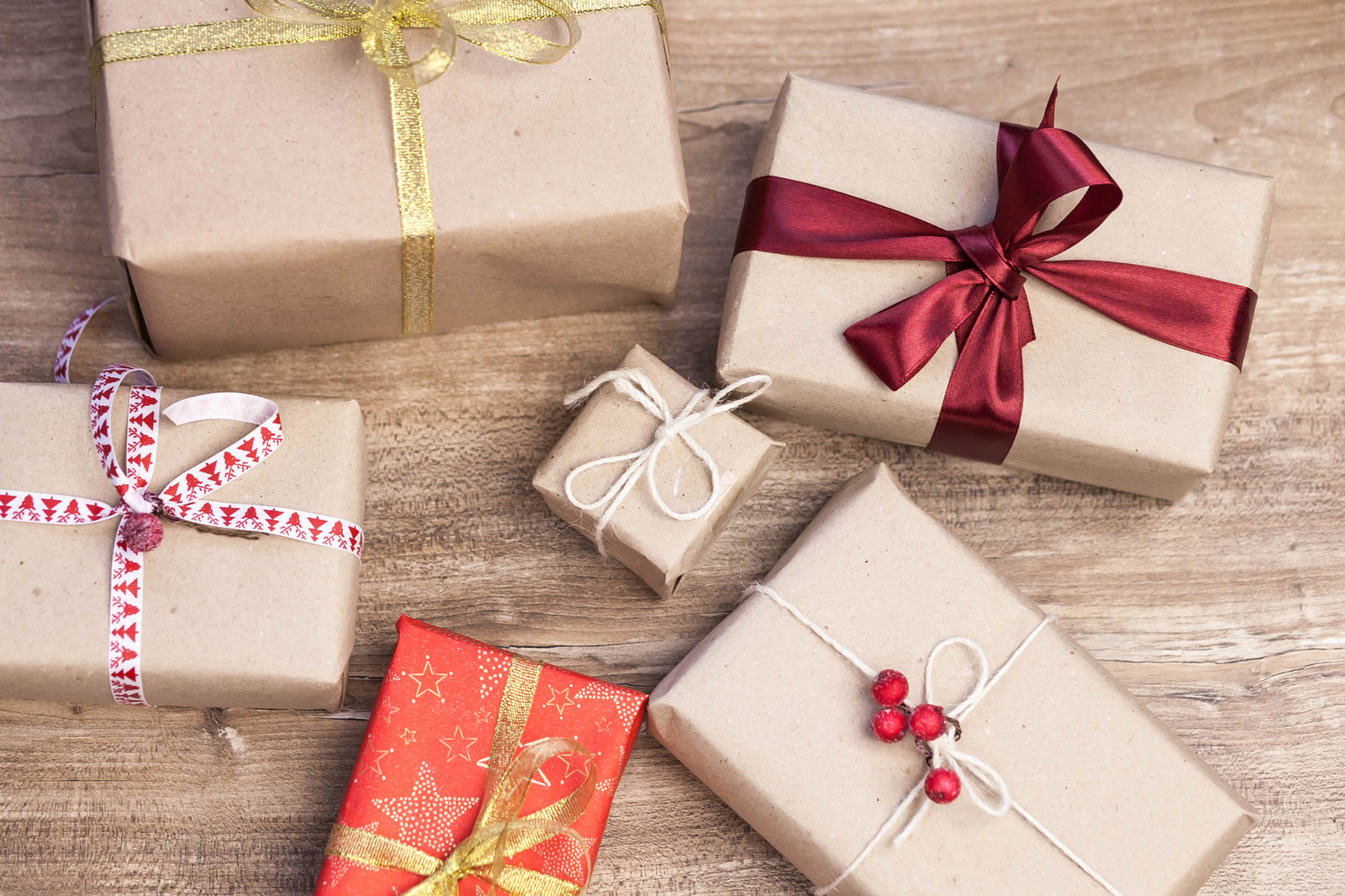What are censers, and why have they been pivotal in religious ceremonies for centuries? The word censer has come to be closely associated with divinity and religious ritual around the globe, particularly in Catholicism. This article will uncover the censer’s history, varieties, and meaning across cultures, revealing its long standing role in spiritual practice.
What is a Censer?

Sometimes the word censer refers to incense holders used for more general purposes, although this tends to happen mostly in reference to non-European cultures, such as Chinese incense burners.
As the burning of incense has been a prominent part of religious and spiritual ceremonies, the censer has also come to signify the sacredness of these proceedings. Far from serving purely a utilitarian purpose – many people see it as symbol of the spiritual connection to something greater above this physical realm.
A gentle note: commonly confused words for censer include "censor" (suppressing parts of books, films and other types of media) and "censure" (to severely disapprove something). These have quite different meanings, so please beware of this.
First Known Use in the 13th Century
In the mid-13th century, the word "censer" was first documented in English. Besides "incense burner", another synonymous word at that time for this term was ‘thurible’.
Difference Between Censer and Thurible
Today, a thurible is understood to refer to a specific type of censer - ie, created from metal, often intricate in design, and hung from chains so that it can be swung (traditionally three or four chains, but simpler designs have just one). More specifically, thuribles are associated with the Latin Church (or Western Churches) - ie, the largest of the 24 churches of the Catholic Church, headed by the Pope in Rome. A famous thurible is the Botafumeiro, in the cathedral of Santiago de Compostela, Spain. It measures over 5 feet (1.5 m) high and weighs over 110 pounds (50 kilograms), and it is truly an impressive sight.

The Botafumeiro being used (By Contando Estrelas from Vigo, España / Spain - El botafumeiro compostelano, CC BY-SA 2.0, Wikipedia Commons)
The other 23 churches of the Catholic Church are collectively called the Eastern Churches, and while they also use incense extensively in their ceremonies, their incense holders tend to be simply called censers.
As mentioned above, the word censer has a more general meaning in other cultures, referring both to incense burners used for religious and spiritual ceremonies, as well as those used for everyday purposes.
The Art of Burning Incense: Types and Techniques
There are two broad types of censers used for religious ritual purposes: swinging censers and stationary censers.
To burn incense in a swinging censer or thurible, pieces of coal are lit until they are red hot. The lit coal is sometimes placed into the censer and swung back and forth to help more air get to the coal, and aid in this process. Incense (typically in the form of grains, or small pieces) are then spooned onto the hot coal. The most commonly used incense for Catholics and Christians are frankincense and myrrh, two gifts presented to baby Jesus by the Three Wise Men. Together, the two create a rich, sweet and somewhat earthy, spicy smell. In fact, many people associate the smell of burning frankincense and myrrh with Catholic churches.

A stationery censer that uses charcoal should be lit in a very similar way as above. As the coal cannot be swung to be aerated, you may need to blow on it or fan it to get it red hot.
In contrast, many stationery censers are made for burning incense sticks, particularly in Buddhism, Taoism, Shinto and Hinduism. We have discussed and described extensively how to burn incense sticks elsewhere in our website, so will not cover this topic again here.
Herbs, Wood, and Resin
As mentioned above, these days the most commonly used incense with the swinging charcoal censers is frankincense and myrrh, although a wide variety of other plant materials can also be used. Wood ingredients like sandalwood, agarwood and thuja was often used in ancient China with charcoal (although on stationary incense burners).
What is a Censer used for? Censers in Religious Services: What does the censer symbolize?
The burning of incense has been a sacred part of religious rituals for centuries, and censers are central to the practice. Censers therefore carry a great deal of symbolism associated with them. Across multiple cultures and religions, the rising smoke of the incense symbolizes worshippers' prayers rising towards the heavens from the divine fire. They are the connection between the earthly and the divine, and the censer facilitates this connection.
Below we detail several religions and beliefs, and the role of censers in each. There are many others where incense and censers play an important role which we don't have the space to cover - this just shows the prevalence of incense practice across the world, and how pivotal it has been to civilization itself.
Christianity and Catholicism: Censers and Mass

The censer is used in many Christian churches, including most of the Catholic churches, as well as in some Lutheran, United Methodist, Reformed, Presbyterian and Anglican churches.
In the Latin Church (the Catholic Church headed by the Pope), the use of incense in Mass is specified in the Roman Missal, a text containing instructions for the celebration of mass. The timing of incense use during the ceremony, and the number of swings of the thurible to be used for each occasion are all specified.
The Eastern Churches (23 churches including the Greek Orthodox Church and Oriental Orthodox Church) use censers more frequently, not only at Divine Liturgy (the equivalent of Mass for these churches), but also in daily prayers (Vespers, Matins) and many other occasions.
Judaism: Kerotet and Temple

A print from the Phillip Medhurst Collection of Bible illustrations, depicting the golden altar and incense offering, accessed via Wikipedia Commons
The incense offering is known as "ketoret" in Hebrew. Ingredients like onycha, galbanum, cassia, spikenard and saffron are associated with the holy incense of Judaism. The Ketoret is speculated to have been burnt for a number of reasons. At a practical level, it purified the air and combated the smell of animal offerings. More importantly, it represented an essential bond or connection with God.
In ancient times, ketoret was burnt twice a day on in the inner section of Temple (as distinct from the outdoor altar upon on which animal sacrifices occurred). It was also burnt by the High Priest on the Day of Atonement on behalf of the entire Israelite congregation on Yom Kippur.
Today, synagogues no longer physically burn incense, but worshippers are still encouraged to read or recite ketoret - ie, verses pertaining to the burning of incense in Temple (as well as other versus regarding offerings in Temple). This is typically done before morning and afternoon services. In periods of plagues or pandemics, the reciting of ketoret has been recommended by some rabbis.
Buddhism, Daoism (Taoism) and Shinto: Purification and Offerings

Censers and incense play an important role in East Asian religious and spiritual practices. A large, stationary censer is usually a dominant feature of every Buddhist, Daoist or Shinto temple and shrine. Visitors and worshippers light incense as sacred offerings, and the censer is often an impressive sight, burning daily from morning to night. In China, incense sticks are often burnt in threes and placed into the censers once they are lit - the exact significance of this varies from place to place, but it is a widely accepted practice.
Incense also plays an important role in accompanying meditation practices, as it purifies the air and promotes focus. Even though the meditative practices vary somewhat between Buddhists, Daoists and Shintoists, it is a key pillar of all three.
Hinduism
Hinduism and Buddhism share many similarities, and incense is also used daily in Hinduism as a divine offering. Censers are therefore also a common sight through India and the rest of South Asia.
Yoga and breathing exercises have their roots in Hinduism, and incense is often an accompaniment for these practices. Incense purifies the air, and aides with calm, relaxation and slow movement.
Practical Purposes
As we can see from the descriptions above, while the use of incense in religious and spiritual ceremonies has a divine purpose, it has also historically had a very practical common purpose - purifying the space of worship. As we wrote in our article about the benefits of incense, incense has scientifically proven antibacterial and antimicrobial properties, and burning incense reduces airborne bacterial and fungi levels.
For example, the Christian Botafumeiro thurible mentioned above was built to be so large partly because arriving pilgrims were often unwashed, and carried with them germs and transmittable diseases. So the incense smoke cleansed the air, and had a disease-prevention effect at the time of plagues and epidemics.
Censer Variations: Materials and Designs

The designs of censers vary across cultures and time, and as mentioned above, reflects a range of things including but not limited to: economic conditions of the period, military might (eg, what lands are conquered, and therefore the material availability of the lands), inter-country trade activities, philosophical and artistic developments...
Below we briefly talk about just a couple of the variables we see in censer design.
Materials: Metals, Ceramics and more
Censers have historically been made from a range of metals including gold, silver, and copper alloys like bronze or brass. Gold and gilded gold pieces were more often used at the height of civilizations when Palaces were extremely wealthy (eg, the Tang dynasty palace in China). Silver was a more common material as it is cheaper and has antimicrobial properties along with superior heat conduction capabilities. Bronze or brass was a very common material across multiple cultures, as it was affordable, durable and could be cast into many patterns. There are also many beautiful incense burners made from a special type of metal work called cloisonne, or metal with enamel inlay.
Once the art of ceramics and subsequently porcelain was mastered, many censers were made using this material. Notably, the Song dynasty in China (960–1279) was a prolific era for minimal-styled ceramic incense burners, many simple in form and with a single colored celadon.
Shapes: Vessels, Swinging Containers, and More
Censers come in many forms, from a simple pot-shaped container (with or without lid), to the mountain shaped Chinese Boshan censers, to animals shapes, to building shapes, and many more. In particular, censers from the medieval period in Europe often had elaborate architectural forms with roofs, walls, and open windows that acted as holes for the incense fragrance to flow through.
Each form provides more than aesthetic value: it is specially created for burning incense and coal efficiently while being used for its specific purpose. Partly to fulfill these functional duties, censers used in a particular religious or spiritual practice tend to share similar features.
Summary
Throughout the ages, censers have been an integral part of humanity’s spiritual journey. From simple clay vessels to intricate gold designs, these objects serve as reminders of our quest for divine understanding and connection with higher realms. The smoke which curls upwards from them carries prayers and devotion sent by people all over the world - a symbol that will be part of our world for years to come.
Frequently Asked Questions
What is a censer, and what is it used for?
A censer is a vessel or container used for the burning of incense, particularly in religious and spiritual practices, allowing fragrance and smoke to be generated as part of prayers and ceremonies. Today, the word censer is most commonly used in the context of Catholicism.
How do incense censers work?
Censers are designed to burn a variety of different incense. The moving censer on chains (in some instances called thurible) used by Christians (in particular Catholics) have an inner chamber where hot coal is placed. Grains of incense are then placed onto the red hot coal, and the burning process releases its aroma.
Stationary censers used by Hindus, Buddhists, Daoists and Shintoists are typically a large vessel with ash, where burning incense sticks are placed.
What does a censer symbolize?
The burning of incense has been a sacred part of religious rituals for centuries, and censers are central to the practice. Censers therefore carry a great deal of symbolism associated with them. Across multiple cultures and religions, the rising smoke of the incense symbolizes worshippers' prayers rising towards the heavens, and the connection between the earthly and the divine.
What is censers in the Bible?
Censers are named and described in multiple places in the Bible. The censers for daily use were made of bronze (Numbers 16:39), while there are also mentions of gold censers (Revelation 8:3).
In Exodus 30:1-5, the making of a gold altar for placing the censer is described in detail - acacia wood overlaid with gold. Exodus 30:7-9 then prescribes that incense should be burnt on this altar twice a day. While Leviticus 16:12-13 states the following for The Day of Atonement:
12 He is to take a censer full of burning coals from the altar before the Lord and two handfuls of finely ground fragrant incense and take them behind the curtain. 13 He is to put the incense on the fire before the Lord, and the smoke of the incense will conceal the atonement cover above the tablets of the covenant law, so that he will not die.
What materials are typically used to make censers?
Swinging censers (including thuribles) used by Catholics are made from metal, and have traditionally been fashioned out of gold, gilded gold, silver, and copper alloys such as bronze and brass. These days there are also cheaper options made from iron.
Stationary censers used by many Asian religions (Buddhists, Daoists, Shintoists, Hindus) are most commonly made from bronze or ceramic.






Miranda Yen
September 05, 2024
Ha, thanks Carol! We’ve changed that :)